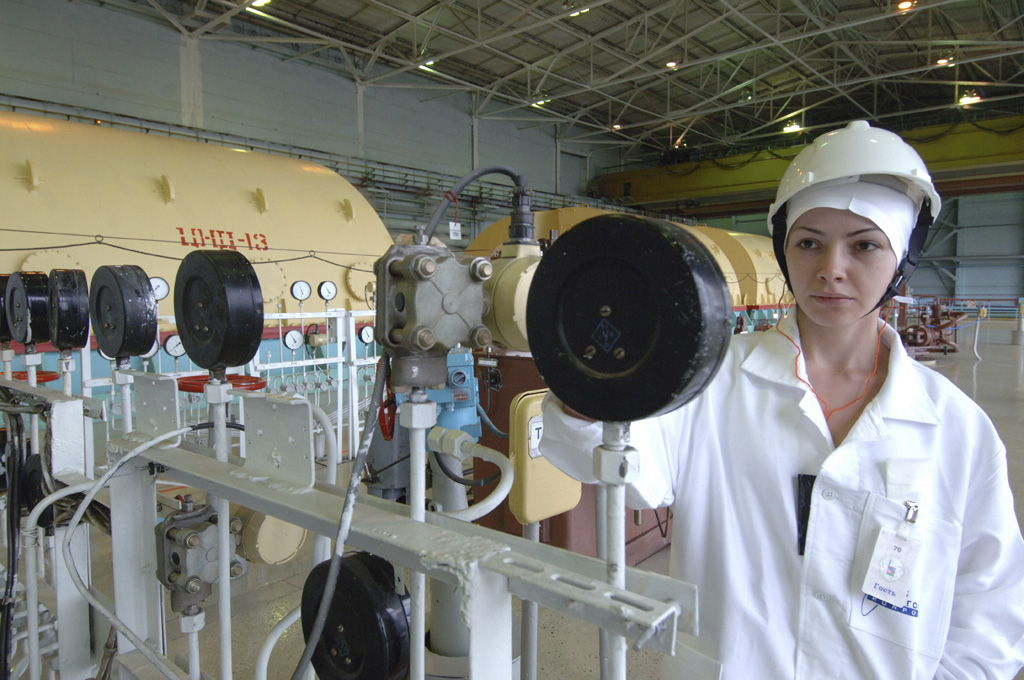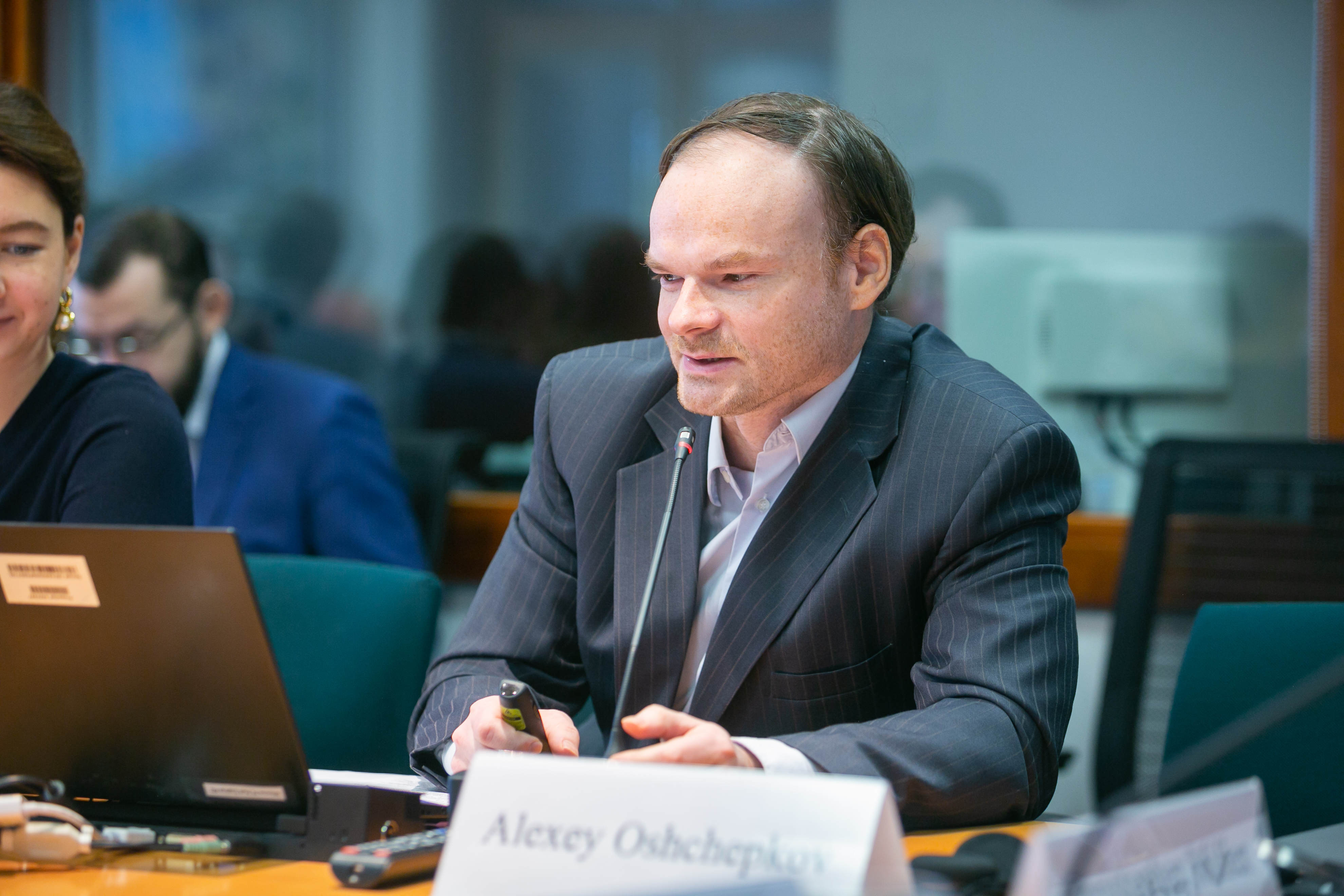Why Women in Russia Earn Less Than Men

On average, women in Russia earn 30-35% less than men. According to this indicator, Russia is ahead of many developed countries. The difference in earnings is primarily associated with the uneven distribution of men and women in different industries and professions, but economists cannot explain a significant portion of the discrepancy. Aleksey Oshchepkov, Assistant Professor of the Faculty of Economic Sciences at HSE University, came to these conclusions after analyzing research materials and survey data. The results are published in a chapter of the volume, Gendering Post-Soviet Space, recently published by Springer.
In all countries of the world, a wage gap between men and women is observed. Scientists traditionally identify several reasons for this: differences in human capital, sectoral and occupational segregation of employment, family factors, and discrimination. Women are responsible for most of the housework and childcare, which is why they are more likely to choose positions and jobs with flexible or shorter working hours. Together with some legislative restrictions (and personal preferences), this leads to the emergence of predominantly female and male occupations, with the former being many low-paid occupations in education, medicine, trade, and services. After having children, women lose one to several years, which they could have spent on education, gaining experience, or promotion at work. However, these and other well-known reasons usually explain no more than half of the existing difference in earnings. Anything else is often attributed to discrimination: it turns out that women are paid less and less likely to be promoted simply because they are women, and not because they have less experience or lack skills. This is a rather bold assumption: there is always a chance that income is influenced by certain other objective factors that have not yet been identified by scientists and that were not included in the model.

Professor Aleksey Oshchepkov, who is also a senior research fellow at the HSE Centre for Labour Market Studies, performed a review of existing Russian and foreign studies and analyzed data from HSE’s Russian Longitudinal Monitoring Survey for 1994 to 2018 (with the exception of 1997 and 1999) in order to assess the extent to which different factors contribute to the gender wage gap. To do this, he used the Oaxaca-Blinder decomposition, a statistical method that is used in economics and sociology to understand the reasons for differences between social groups.
An analysis of the data showed that the main economic factors — differences in human capital, sectoral and occupational segregation, marital status — can explain only about a quarter of Russia’s gender pay gap. The largest contributor, accounting on average for about 30% of the total gap, is the uneven distribution of men and women across different industries and professions.
The second most important factor, human capital, explains about 11% of wage discrepancies, but with a minus sign. This means that if you look only at age, education, and work experience, then women should receive more than men. In practice, this factor narrows the income gap only slightly.
The third largest factor is the number of working hours. The contribution of this factor to the discrepancy in monthly wages is estimated to be 8.5% on average. Women often work shorter hours and earn less. Marital status and the presence of children have almost no effect on the income gap. This can be explained by the fact that among the total number of employees, the proportion of men and women who are married and have children is approximately equal. The influence of control variables such as region and type of settlement was also small.
About two-thirds of the wage gap stems from unknown factors. Researchers cannot accurately explain this remaining portion, although they can speculate which groups of factors turn out to be the most influential.
‘The standard Oaxaca-Blinder decomposition assumes that anything we have not explained can be attributed to discrimination. However, it may be that we have forgotten something, and because of this, we have this unexplained part. Let’s take into account, for example, differences in psychological characteristics, and the unexplained part will decrease, and the assessment of discrimination as a result will decrease. In this case, usually the unexplained part is considered as a whole, but we can look at it carefully and see that it exists, for example, because the return on human capital is different, and also because women incur a “penalty” for marriage, and men gain a “bonus” for marriage, and these fines, bonuses and returns can be tracked through the coefficients,’ explains Professor Aleksey Oshchepkov.
See also:
'It Is Essential to Rely on Facts and to Be Consistent and Honest'
Ksenia Rozhkova studies the labour market, learns foreign languages to gain a deeper understanding of the world, and has a passion for theatre. In this interview with the HSE Young Scientists project, she discusses non-cognitive characteristics, the role theatre plays in her life, and common myths about pursuing a master's degree.
HSE Researchers Uncover Causes of Gender Pay Gap among Recent University Graduates in Russia
A study conducted at HSE University shows that despite having the same education and similar starting conditions, the pay gap between male and female recent graduates can be as high as 22%. This is partly because female students often choose less lucrative fields and also because they tend to seek jobs in sectors that offer lower pay but are perceived to have more stable and safer working conditions.
NEET Youth: What Happens When People Lack Diligence, Emotional Stability and Perseverance
Demand for higher education increases with the development of technologies that replace routine labour, and there is already increased demand for specialists in the IT industry today. At the same time, some university graduates neither study nor work, while about one third of this ‘free’ youth cohort lives in poverty (as do their parents). This topic was discussed at the XXIII Yasin International Academic Conference session on human capital and salaries.
Customs, Career Choices and Self-discrimination: Why Women Earn Less
Experts from the World Bank and HSE University discussed the gender gap in salaries in different countries and the impact of socio-cultural, economic and behavioural factors on differences in earnings.
Education and Employment in ‘Hard’ Science Provide no Salary Advantages Compared to ‘Soft’ Science at Any Career Stage
HSE University economists question whether Russian STEM specialists are better paid than non-STEM specialists. They compare wages of professionals with STEM and no STEM majors, and those working in STEM and no STEM jobs and explore how the gap evolves over the life cycle. They find that there is no advantage of STEM major and STEM job over their no STEM alternative. They present their findings in a paper published in the Voprosy Ekonomiki journal.
Europe to Face a Reverse Brain Drain: Up to 3.5 Million Highly Skilled Professionals Could Return Home
As the pandemic continues and working from home becomes the norm in some industries, professionals who once left to work in other countries are beginning to return home. Researchers from HSE University, the Catholic University of Louvain and the University of Lille have found out how strong this movement could be and what economic, social and political implications it might bring. The preprint of the study was published in the GLO Discussion Papers.
Gender Asymmetry Affects Labour Market
According to Natalia Tikhonova, a social scientist with HSE University, gender asymmetry has been on the rise in Russia's labour market over the past 20 years. Gender asymmetry is reflected in the ‘feminisation’ of white-collar jobs and a disproportionate number of men among blue-collar workers. In addition to this, increasing automation in traditionally male industrial sectors is leading to fewer jobs available to men. In contrast, occupations with a growing demand for skills tend to be those which are mainly filled by women.
‘Cognitive Skills Are not Sufficient to Be Successful in Labour Market’
This September, HSE – St. Petersburg hosted the 3rd IZA/HSE University Workshop on Skills and Preferences and Labor Market Outcomes in Post-Transition and Emerging Economies. HSE News Service spoke with Professor Lehmann, co-organizer of the workshop, about human capital, the importance of cognitive and noncognitive skills, and the challenges empirical labour economists encounter when studying these issues in post-transition and emerging economies.
Relatively Unhappy: How Strict Labour Laws Reduce Workers’ Happiness
Temporary or informally employed people are less satisfied with their lives than those with a permanent job. The most apparent differences can be seen in countries with strict labour laws. Tatiana Karabchuk and Natalia Soboleva investigated the legislative impact on the social well-being of employed populations in European countries and Russia.
Trapped by a Flexible Schedule: The Pain and Price of Freelance Work
A flexible schedule is one of the main advantages of freelance work. But don’t rejoice in your freedom just yet: self-employment often disrupts the balance between life and work and takes up more time than traditional office work. HSE University researchers Denis Strebkov and Andrey Shevchuk investigated the downsides of independent work.


